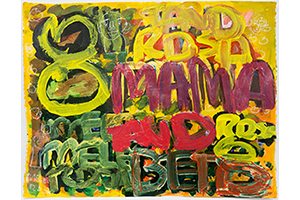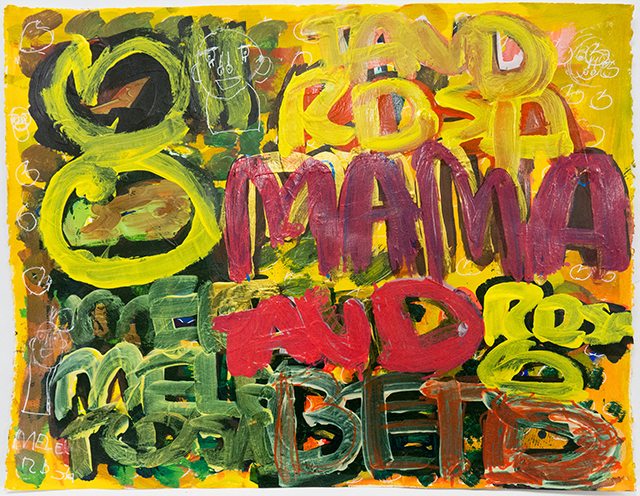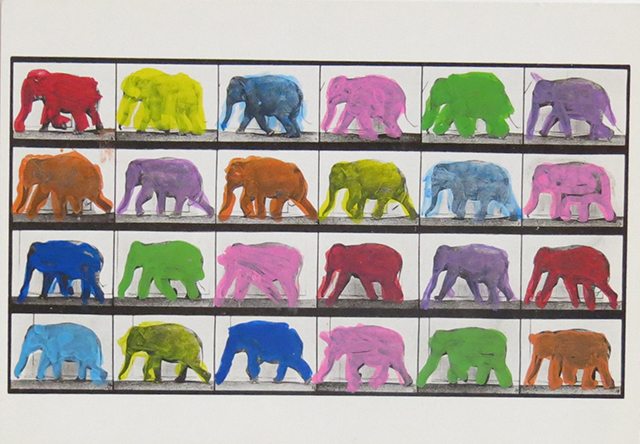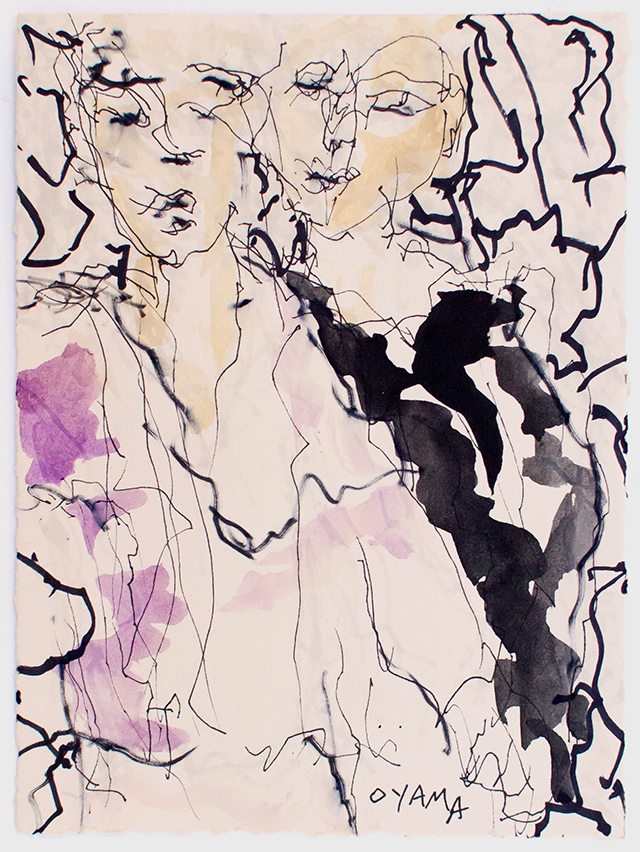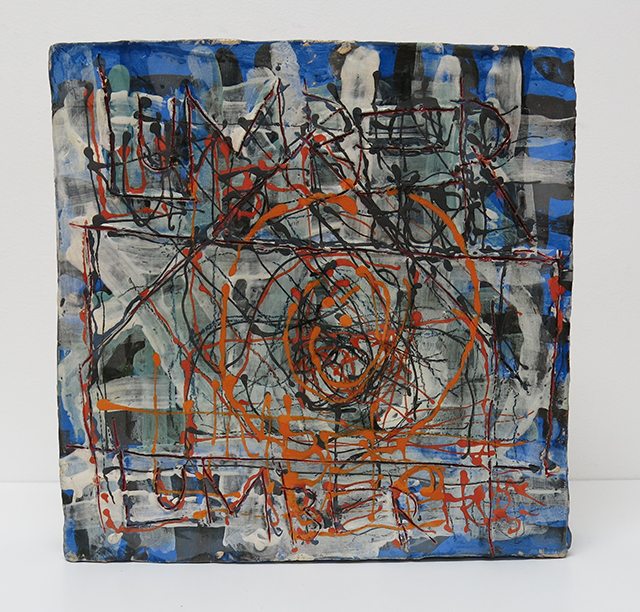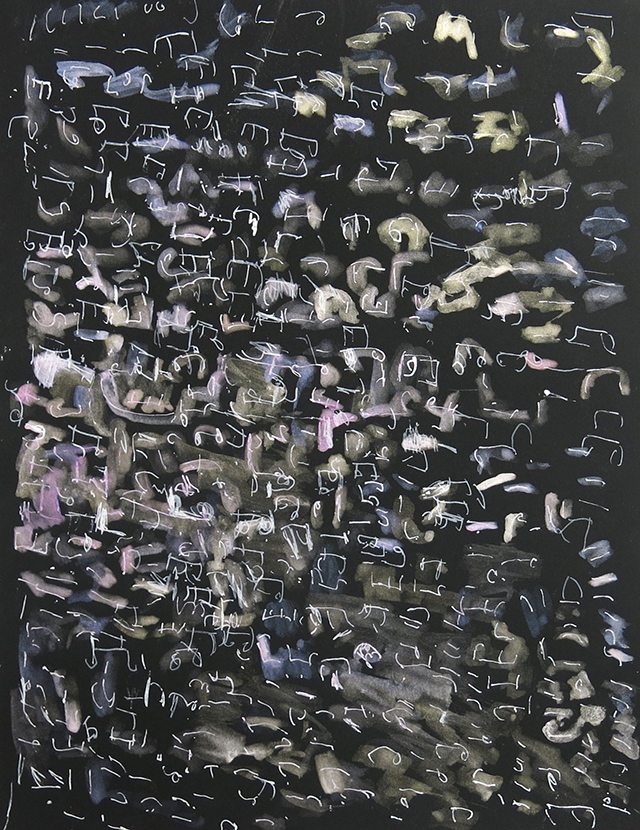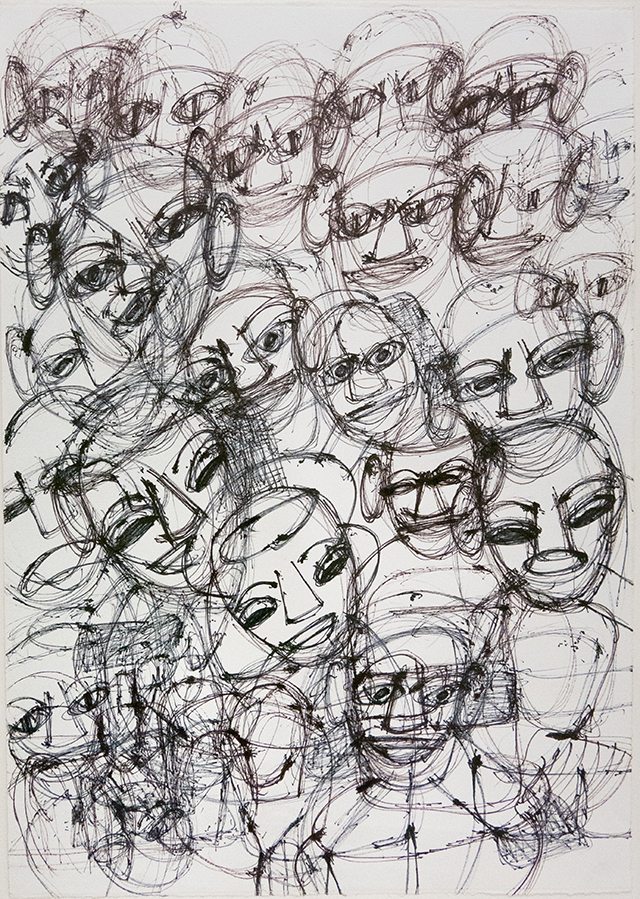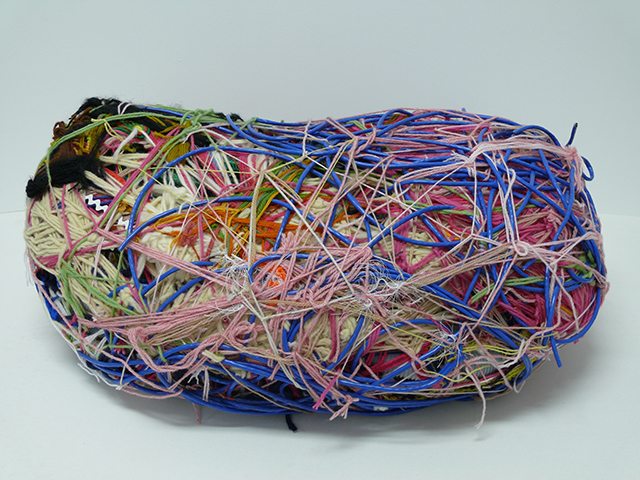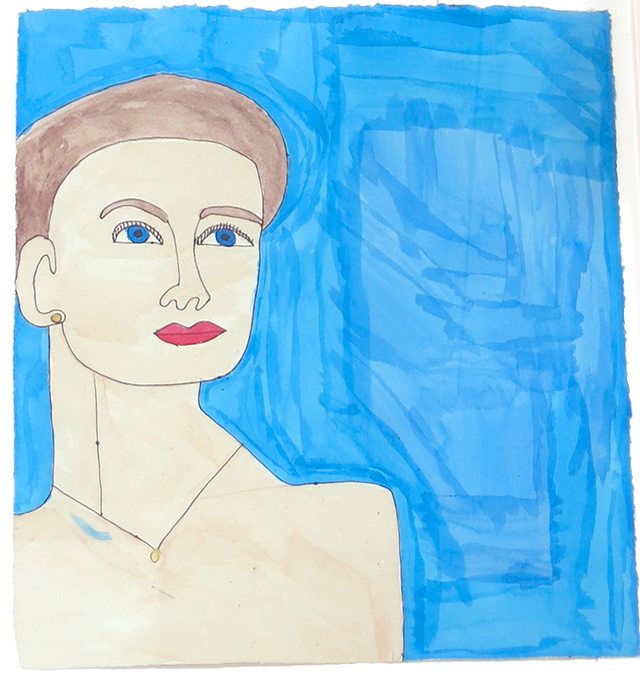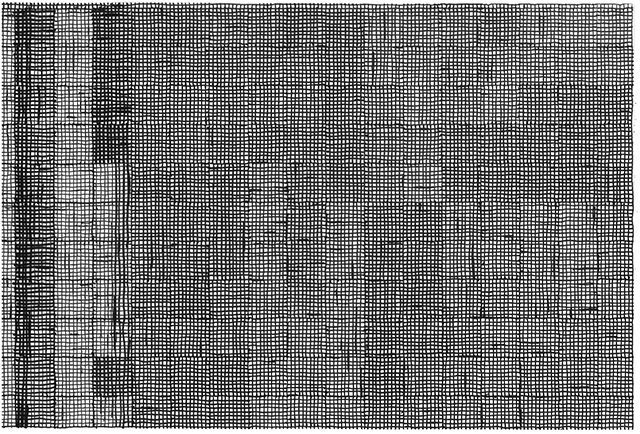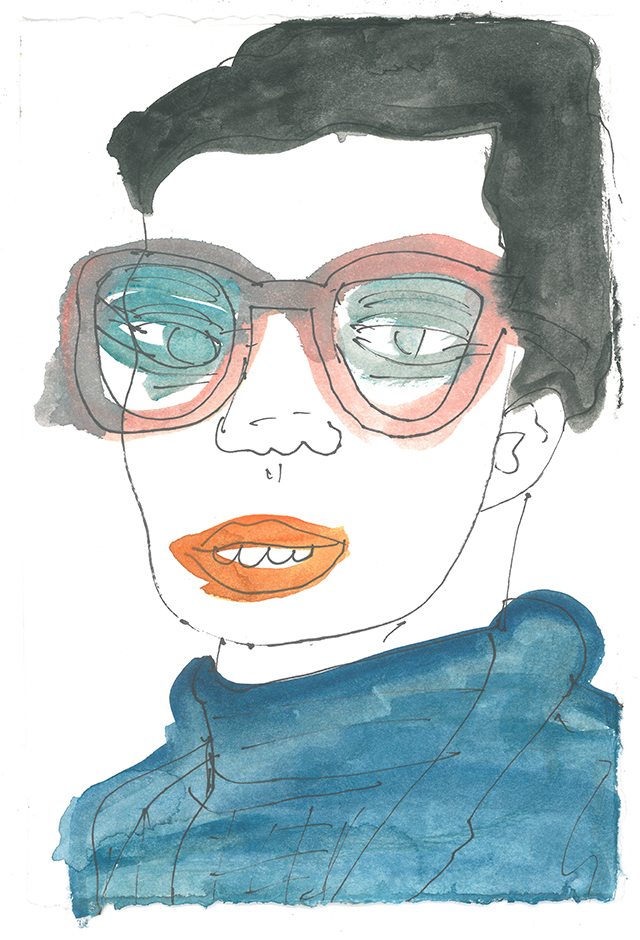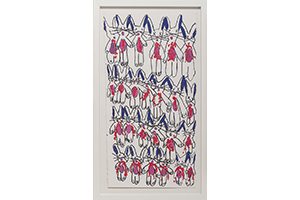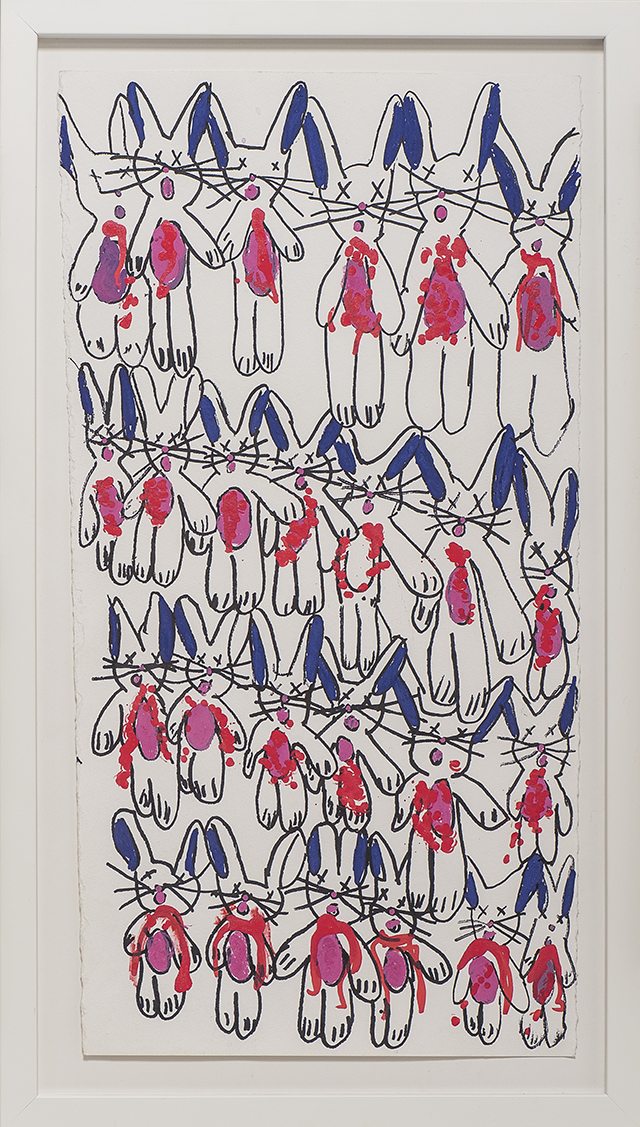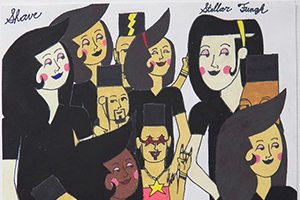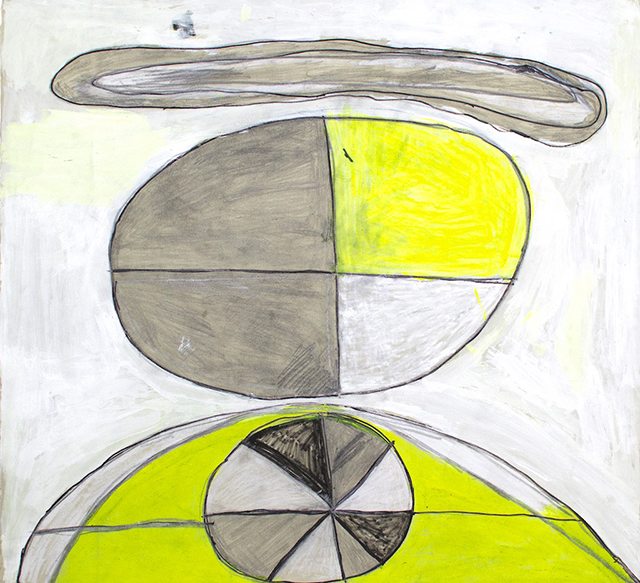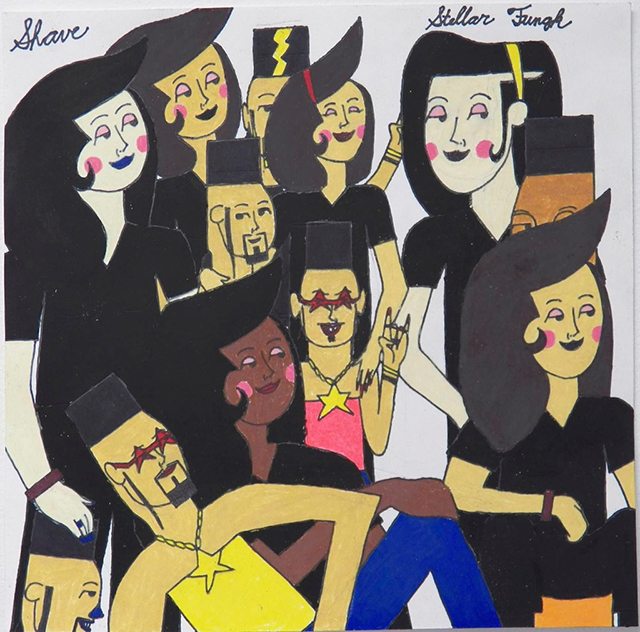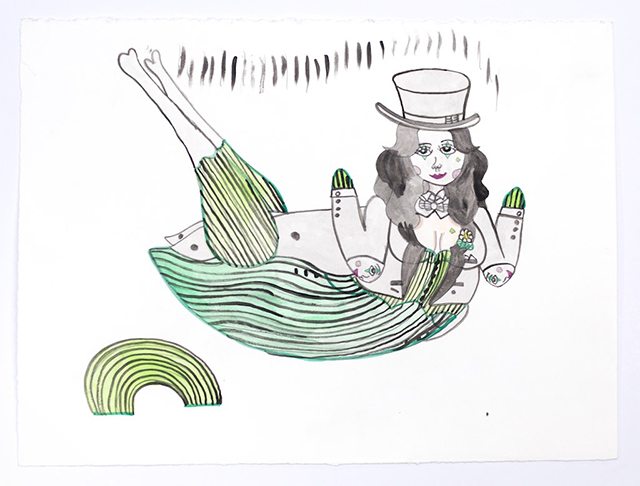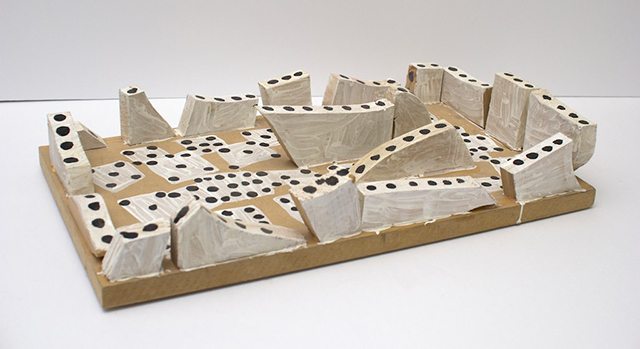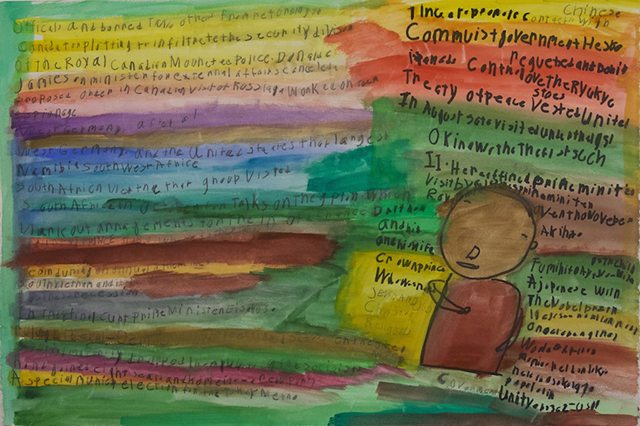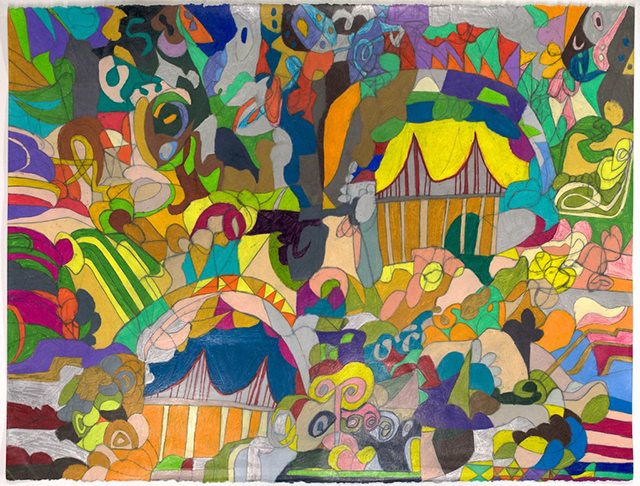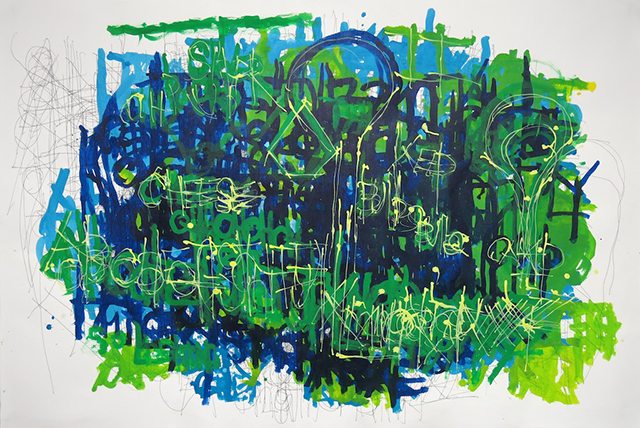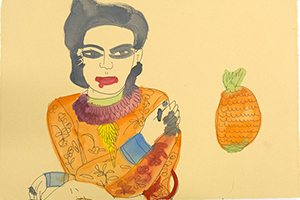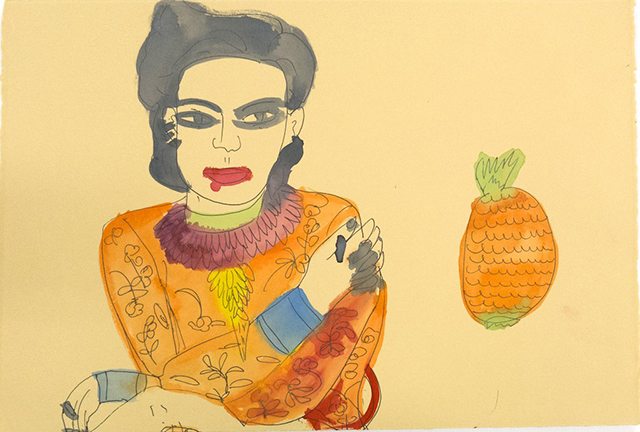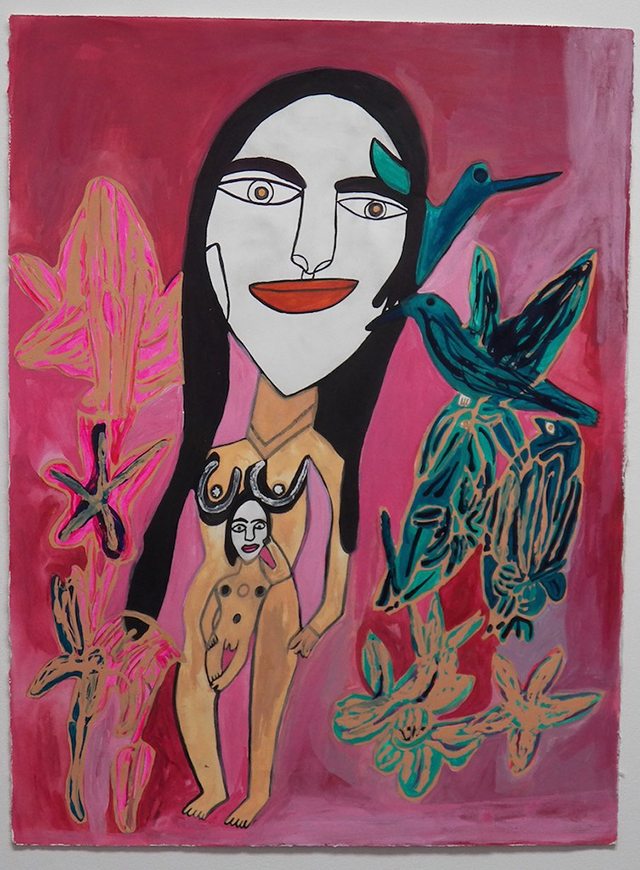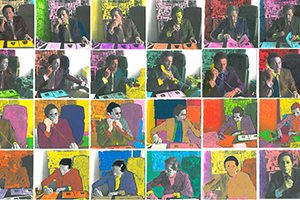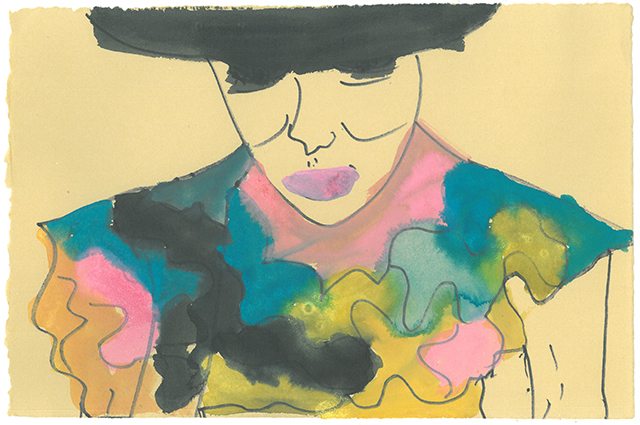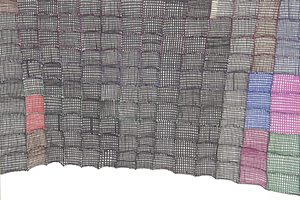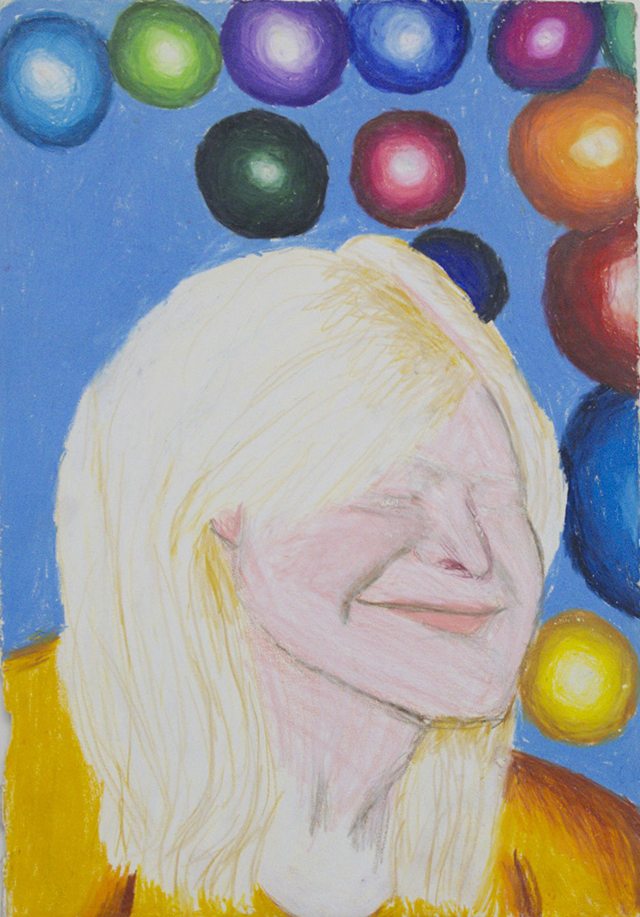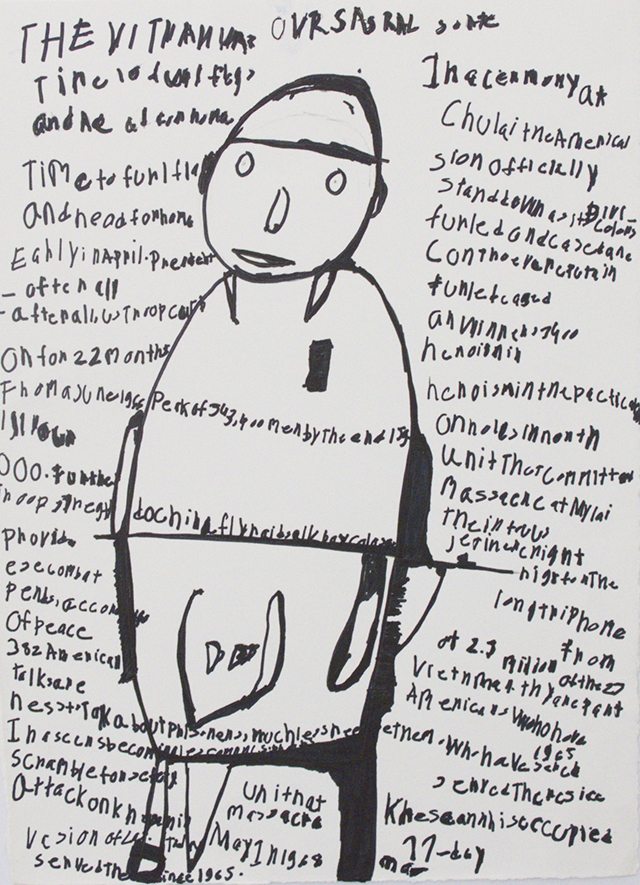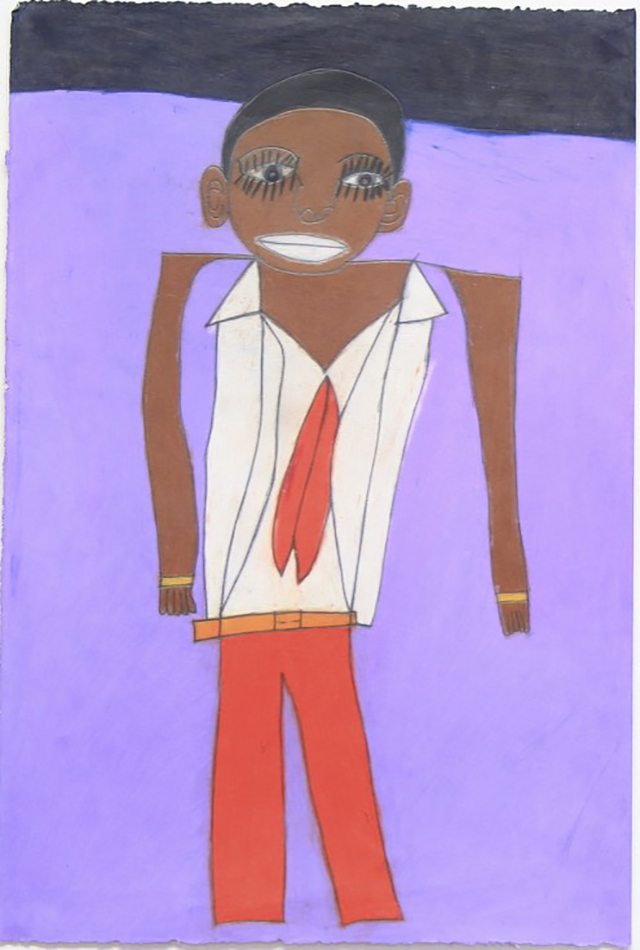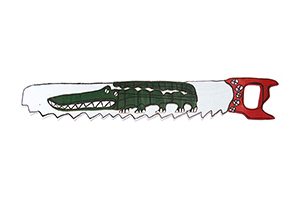June 10, 2017 - April 2, 2018
The Museum of Everything is proud to announce its most expansive and ambitious show to date. The venue is Mona - the groundbreaking space in Tasmania, Australia, dedicated to new definitions of historic and contemporary art – which has invited The Museum of Everything for an unprecedented 10 month stay.
With over 100 artists and almost 2,000 artworks, ranging from 1800 to the present day, this wide-ranging production will be the largest international exhibition of non-academic art ever staged in the country.
The project also takes The Museum of Everything in a dynamic new direction. Founder, James Brett, states:
The Museum of Old and New Art is a strange and wondrous place. When David Walsh invited us to stage an epic 10 month drama, we could only say yes - and we have done so with an explosion of depth, meaning, complexity and flavour.
On this journey, you’ll meet over 100 of the most astonishing art-makers you'll ever encounter : people who make not for us, but for themselves. It is the private life of art, and it is rarely seen in museums and galleries.
So forget all you've heard about insiders and outsiders ... if nothing else, this exhibition proves once and for all that art is not from the outer reaches, but from within.
-James Brett, Founder The Museum of Everything
From June the museum will take shape across 30 individualized spaces within its new river-front home. The domestically-inspired installation juxtaposes paintings and drawings with sculptures, objects and furniture, leading visitors on a vivid, unexpected journey through an alternative art history.
The innovative layout, which captures the feel of a discovered home-museum, has been designed and themed by The Museum of Everything, in conjunction with award-winning movie production designer Eve Stewart, and Mona's own Adrian Spinks and Rachel Lang. Together, the team aim to set a new standard, not only for The Museum of Everything, but for Mona and Australia.
ARTISTS
Among the many self-taught masters on display, one of the highlights is Victor Kulikov – the former head-teacher, whose daily weather chronicle was discovered during the museum’s tour of Russia in 2012. Another foun- tainhead is self-titled visionary architect Paul Laffoley, represented by several works, including his infamous masterpiece, Das Urpflanze Haus : a future home, grown from genetically-modified ginkgo biloba trees.
Legends of what the artist Jean Dubuffet defined as art brut are here too. Early drawings and letters by Swiss polymath Adolf Wölfli complement knobbled furniture from Karl Junker's fictional family residence in Germany. The anonymous French stone carvings known as Les Barbus Müller, collected by Tristan Tzara and André Breton, sit beside faked flint-stone proofs of Neanderthal art-making, peddled by the Polish nobleman, Juva.
Science and mathematics play a significant role. From the predictive calculations of Kentucky-born savant George Widener, to the personal talismans of Melvin Way, numbers evolve as pathways to wisdom and certainty – be they the thickly-painted theorems of New York legendary modernist Alfred Jensen, or the schematic inventions of French patent king, Jean Perdrizet.
Studios for artists with communication issues lend international and contemporary relevance. Alan Constable's ceramic cameras give insight into a sightless world. Text-based works by California’s Dan Miller, Osaka's Kunizo Matsumoto and Hamburg’s Harald Stoffers offer alternative uses for everyday language. These provide an elegant contrast to physical three-dimensional works, like the giant flying cities of Hans-Jörg Georgi or the majestic yarn sculptures of Judith Scott – whose oeuvre, along with Miller's, is being curated in this year’s Venice Biennale.
The Museum of Everything often presents art-making as inherent human behaviour. Hence the abstracted spirit drawings of two pioneering female artists – Sweden’s Hilma af Klint and Britain’s Georgiana Houghton – whose 19th century mark-making anticipated 20th century modernism.
Their beliefs are in many ways mirrored by later activators, like the futurist cathedrals of Parisian road-worker Marcel Storr, or the monumental Last Supper created by Perth handyman and electrician, Stan Hopewell.
As with other multi-part projects,the exhibition at Monadevotes space to monographic assemblies. Chinese spirit-scribe Guo Fengyi, Haitian metal- worker Georges Liautaud and meat-slicing moonraker Charles AA Dellschau are defined by their own bespoke worlds. As ever, the climax is an environment devoted to panoramic tale-teller, Henry Darger, whose perverse, complex and tremendously moving sequences depict his fractured childhood.
For more information, visit www.musevery.com

